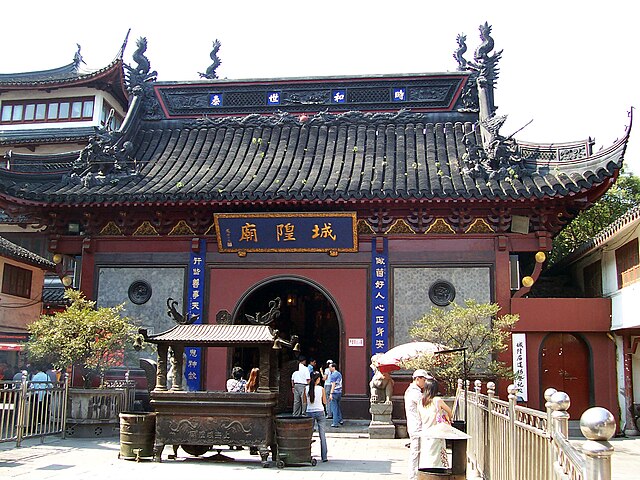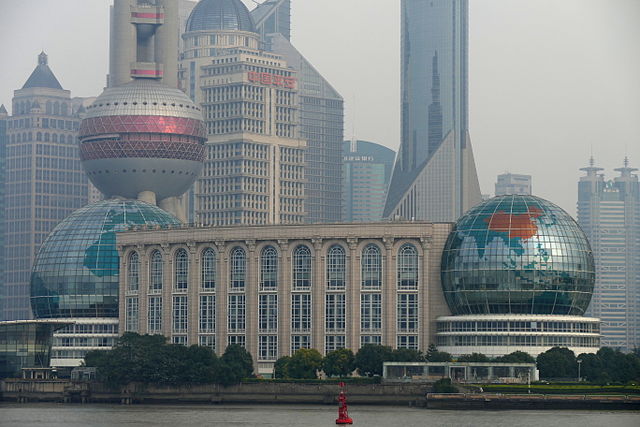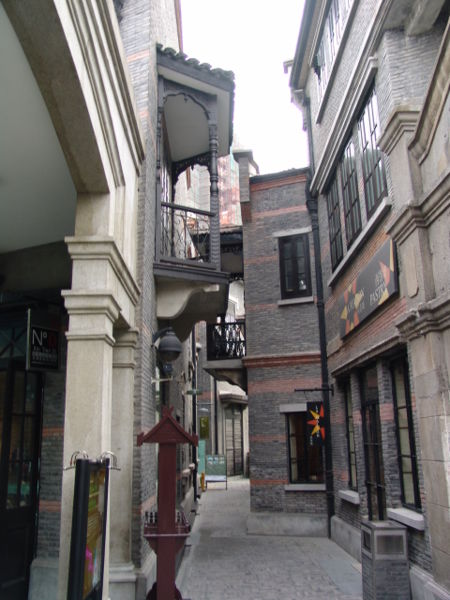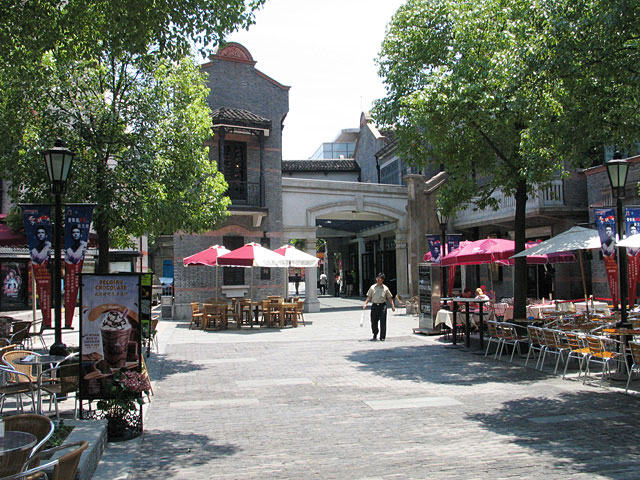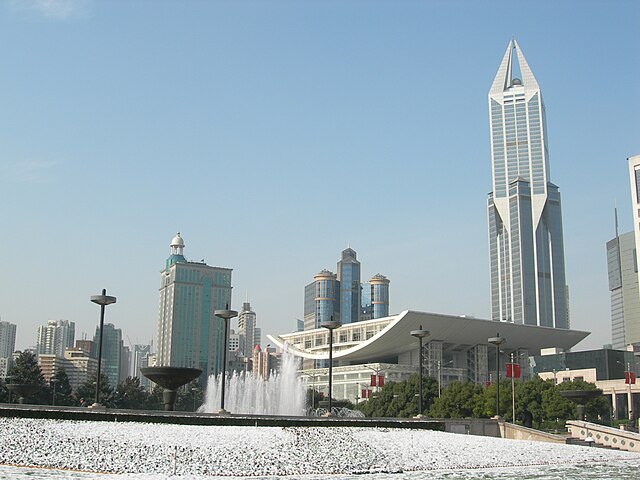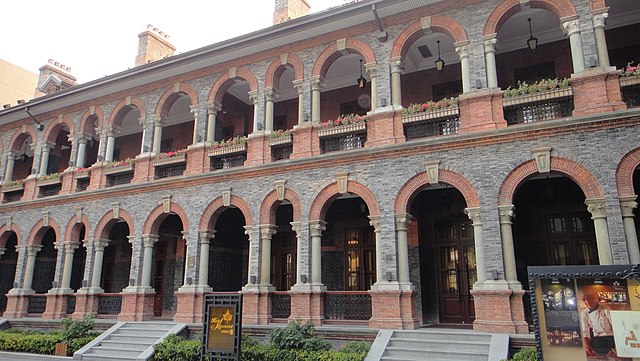From Pudong's cloud-piercing skyscrapers to the historical landmarks lining the Bund, Shanghai is a city that never sleeps. Located in the Yangtze River Delta in eastern China, the city has emerged as a global financial center and a trading hub. Shanghai has its own cuisine style, the most famous of which is xiaolongbao, a type of steamed soupy bun. After dusk, the city lights up, splurge cocktails from a sleek rooftop lounge on the Bund and gaze at Lujiazui's futuristic skyline, or mingle with locals in the century-old restaurant bars in the French Concession neighborhood.
Shanghai
Originally built in 1559, Yu Garden is an extensive Chinese garden located beside the City God Temple. It occupies an area of 2 hectares (5 acres), and is divided into six general areas laid out in the Suzhou style. The garden suffered damages during several wars, it has since been restored and declared a national monument.
Located in the Old City of Shanghai, the Old Street is often called "small eastern gate" as it used to be part of one of the old city gates. Although the gate and the fortified city wall no longer exist, as a historical trading hub, the Old Street has witnessed the the city's social and economics development over the past centuries.
Opened since 1994, the Oriental Pearl TV tower is a landmark of Shanghai. It is located at the tip of Lujiazui in the Pudong district by the side of Huangpu River, opposite The Bund. It was the tallest structure in China from until 2007. Lujiazui has been developed specifically as a new financial district of Shanghai since the early 1990s, today it is a symbol of China's economic power.
Shanghai
Xintiandi, or "New World", is an affluent car-free district. The district is composed of an area of reconstituted traditional mid-19th century shikumen ("stone gate") houses on narrow alleys, some adjoining houses which now serve as book stores, cafes and restaurants, and shopping malls. The district is accessible by metro at Hangpi South Road station.
Shanghai People’s Square is a large public square in the Huangpu District, and one of the city's landmarks. The square was Shanghai racetrack in the old days, and was used for horse racing and other major activities for the upper class. The Shanghai Museum is in a prominent central position in the square, with large fountains immediately to the north.
With a history dating back to the mid 1800s, Nanjing Road is the main shopping street of Shanghai, and is one of the world's busiest shopping streets. The street is named after the city of Nanjing, capital of Jiangsu province neighbouring Shanghai. The eastern part of the road (Nanjing Road East) is largely pedestrians only.
Shanghai
The temple was first built in 247 AD in the Wu Kingdom during the Three Kingdoms period of ancient China. Originally located beside the Suzhou Creek, it was relocated to its current site in 1216 during the Song Dynasty. The current temple was rebuilt in the Qing Dynasty but, during the Cultural Revolution, the temple was converted into a plastic factory. In 1983, it was returned to its original purpose and renovated with the Jing'An Pagoda completed in 2010. The temple is located near the metro station Jing'an Temple.
In the 1920s and 1930s, the Shanghai French Concession planned a high-end residential area which stipulated that only Western-style houses could be built. It was once called the "Paris of the East". Over the years, the area has been preserved and converted into a neighborhood for designer clothing shops, trendy boutiques and restaurants.
Tianzifang was a traditional residence area with full of Shanghai style alleys. It is now known for small craft stores, coffee shops, trendy art studios and narrow alleys. It has become a popular tourist destination, and an example of preservation of local Shikumen architecture, with some similarities to Xintiandi.










